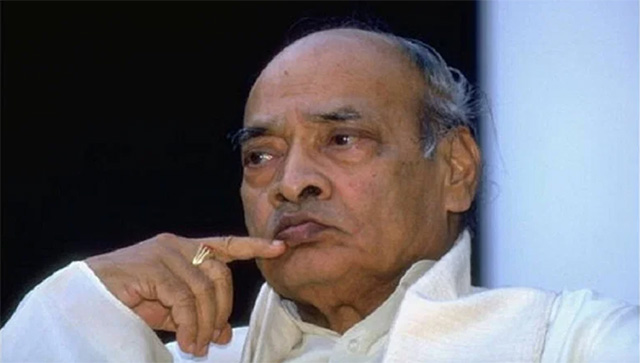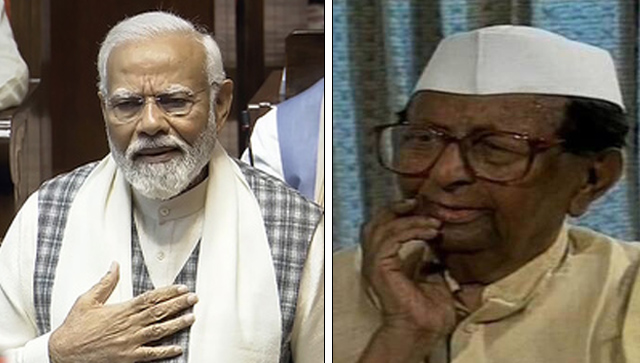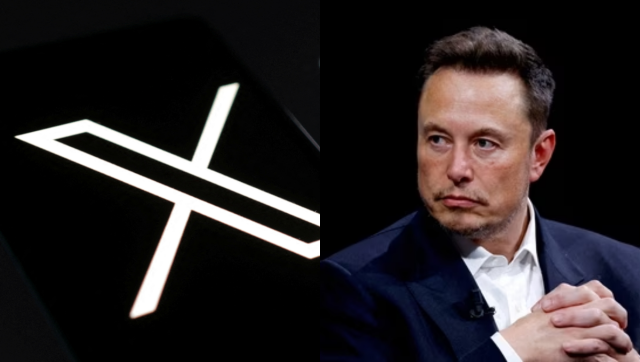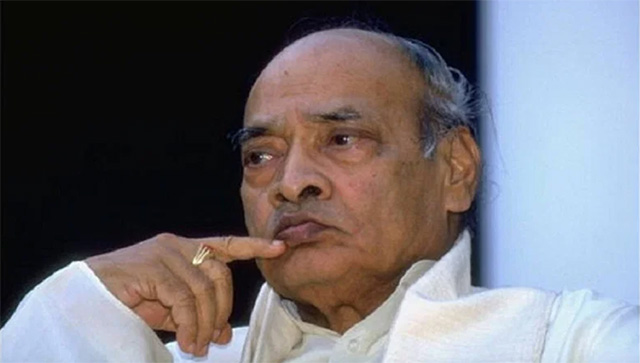By B Raman
The buzzword is no longer “Breaking News”; instead, “Breaking Tweets” and “Breaking Blogs” have started disseminating news and comments faster than the TV channels.
Journalists no longer rush to policy and opinion-makers to find out their views on important developments. They rush to the Twitter profiles of important personalities to find out what they have tweeted about such developments. Personal interactions continue to be important for journalists, but Twitter and other microblog interactions are assuming increasing importance in assessing public opinion.
Between the first Gulf War of 1991, when satellite TV became the go-to source of news and views, and President Barack Obama’s election campaign of 2008, when microblogs started competing with TV channels for catching public attention, the “Breaking News” syndrome held sway.
But now, “Breaking Tweets” and “Breaking Blogs” are becoming as important to keep oneself informed instantaneously of what is happening around us.
At an interaction on ‘Media and the Internet’ in Beijing in January, officials of the Chinese government admitted that microblogs had become an important platform for disseminating news and views and an important bridge between the state and the public.
There is now a recognition that public opinion is increasingly and better reflected in TV news channels and microblogs than in the print media. For the traditional, old-generation elite, the print media continues to be an important source of reliable news and in-depth analysis.
However, for Gen Next of the civil society and the Internet-bred elite, which have no time or patience for esoteric analyses, the TV news channels and microblogs have become the preferred tools for knowing and thinking.
2011 was a turning point in the evolution of our media strategies. Those who realised the importance of TV news channels and microblogs in reaching out to the public and mobilising public opinion did better as political and social activists than those who continued to be stuck to the print media.
We saw dramatic evidence of this in the waves made by the Anna Hazare movement against corruption. The skilful use of the new media and the TV channels by the advisers of Anna contributed in no small measure to the initial success of the movement. The movement might have since lost support on the ground, but it continues to be as popular and as vibrant in the virtual world as it was before.
While the non-governmental world is now making good use of the TV channels and the social media networks, of which microblogs are an important component, governmental policymakers still treat the growing community of TV journos and netizens with suspicion and disdain.
There has been no rethinking of media strategies appropriate to the mix of the real and virtual worlds in which we live. Even China has realised that a turning point has arrived in the evolution of media strategies and is trying to reshape its media strategies to make them appropriate to the rapidly changing media landscape. It has realised that the virtual public (netizens) are as important as the real public (the man in the street) and is brain-storming on ways of dealing with this, as a report disseminated recently by the state-owned Xinhua news agency shows.
The realisation that the media strategies of our Prime Minister’s Office have become archaic (in a media world which has changed beyond recognition and continues to change) is reflected in the resignation of Harish Khare as media advisor to the Prime Minister and the appointment of Pankaj Pachauri as Director (Communications) in the Prime Minister’s Office with the task of proposing suitable media strategies to deal with the print media, the TV news channels and social media networks.
Continues on the next page
Any media strategy, to be effective, has to be proactive. Khare was widely viewed as essentially a reactive person who was slow to take off—if he took off at all— in crisis situations, which tended to reflect negatively on the credibility of the Prime Minister. We saw this dramatically during the ill-fated debate on the Lokpal Bill in the Rajya Sabha on 28 December.
There was a lively media interest in this debate— in the real as well as the virtual worlds. TV channels flashed reports of a government stratagy to disrupt the debate by injecting controversial issues in order to avoid a vote on the amendments. After the fiasco of the debate, TV channels went hammer and tongs at the government for not being sincere on the Lokpal issue.
These charges, and the resulting public perceptions, had a damaging effect on the credibility of the government and the leadership of the Prime Minister. One would have expected a senior journalist like Khare to have bestirred himself and interacted vigorously with the TV channels to correct the perceptions. He did not do so. He just watched helplessly as the TV channels and the world of the microblogs went to town with one sensational report after another and with one sensational Tweet after another.
Unhappiness over Khare’s perceived lethargy is believed to have been one of the reasons for Pachauri’s induction. But will he be any the better? Pachauri has the reputation of being a good TV professional and an excellent News Editor and anchor.
However, to be effective as media adviser to the Prime Minister, the incumbent must have the stature that will compel attention and respect from the Prime Minister himself and from the public and a vision to modernise media strategies. Does Pachauri have that kind of stature and vision? It remains to be seen.
To be fair to Pachauri, it has to be underlined that however brilliant he may be, he cannot succeed unless the Prime Minister rids himself of his media-shyness, comes out of his shell and takes the lead in interacting with the media.
The leadership in media relations has to come from the PM. In the absence of such leadership, the role of the media adviser will remain restricted and problematic.
B Raman is Additional Secretary (Retired) in the Cabinet Secretariat, Government of India. He is currently Director of the Institute for Topical Studies, Chennai; and Associate of the Chennai Centre for China Studies. Republished with permission from the Chennai Centre for China Studies.


)




)
)
)
)
)
)
)
)